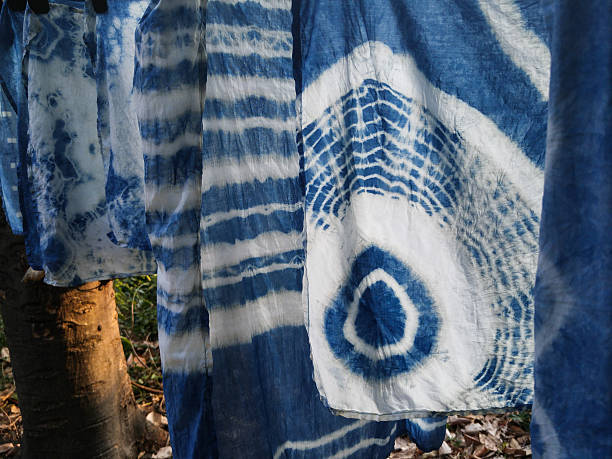The Invisible Tapestry: Textile Art in Contemporary Cinema
In the realm of cinematic storytelling, an often-overlooked element weaves its way through the fabric of our favorite films. Textile art, long relegated to the background of set design, has emerged as a powerful narrative tool in contemporary cinema. This article delves into the intricate world of textile artistry on the silver screen, exploring how directors and costume designers are leveraging the rich history and symbolism of fabrics to enhance storytelling, character development, and visual aesthetics.

Weaving Character Through Costume
Contemporary filmmakers are increasingly recognizing the power of textiles to shape and define characters. Beyond mere clothing, the choice of fabric, pattern, and texture can speak volumes about a character’s personality, background, and emotional state. In recent years, we’ve seen a surge in films where costume designers work closely with directors to create textile-centric character arcs, where the evolution of a character is mirrored in the changing fabrics they wear.
The Tactile Landscape of Set Design
While costume design often takes center stage in discussions of cinematic textiles, set designers are also embracing the narrative potential of fabrics. From the opulent draperies of period dramas to the weathered upholstery in gritty urban tales, textiles play a crucial role in establishing mood and atmosphere. Innovative directors are now pushing the boundaries further, using textiles as dynamic elements that interact with characters and evolve throughout the story.
Cultural Threads: Representation Through Fabric
In an era of increased focus on cultural representation in cinema, textiles have become a powerful tool for authentically portraying diverse communities on screen. Filmmakers are collaborating with textile artists from various cultures to incorporate traditional patterns, weaving techniques, and symbolic motifs into their productions. This attention to detail not only enhances the visual richness of films but also serves as a form of cultural storytelling, preserving and celebrating textile traditions through the medium of cinema.
The Future Woven: Textile Innovation in Sci-Fi Cinema
Science fiction cinema has long been a playground for imaginative costume and set design. Today, textile artists are at the forefront of creating futuristic worlds through innovative fabric technologies. From bio-luminescent fibers to shape-shifting materials, the textiles of sci-fi films are pushing the boundaries of what’s possible, offering glimpses into potential futures of fabric design and functionality.
Sustainability in Cinema: The Rise of Eco-Textiles
As environmental concerns take center stage in global discussions, the film industry is not immune to the call for sustainability. A growing number of productions are embracing eco-friendly textiles, from organic cottons to recycled synthetics. This shift not only reduces the environmental impact of filmmaking but also opens up new avenues for storytelling, with eco-textiles becoming central to narratives about sustainability and human relationships with the natural world.
In conclusion, the role of textile art in contemporary cinema is undergoing a renaissance. Far from being mere background elements, fabrics are now recognized as powerful storytelling tools, capable of conveying complex narratives, emotions, and cultural identities. As filmmakers continue to explore the potential of textile art, audiences can look forward to richer, more textured cinematic experiences that engage not just the eyes, but the tactile imagination as well. The invisible tapestry of textile art in film is finally coming into focus, revealing a world of stories woven into every thread.





